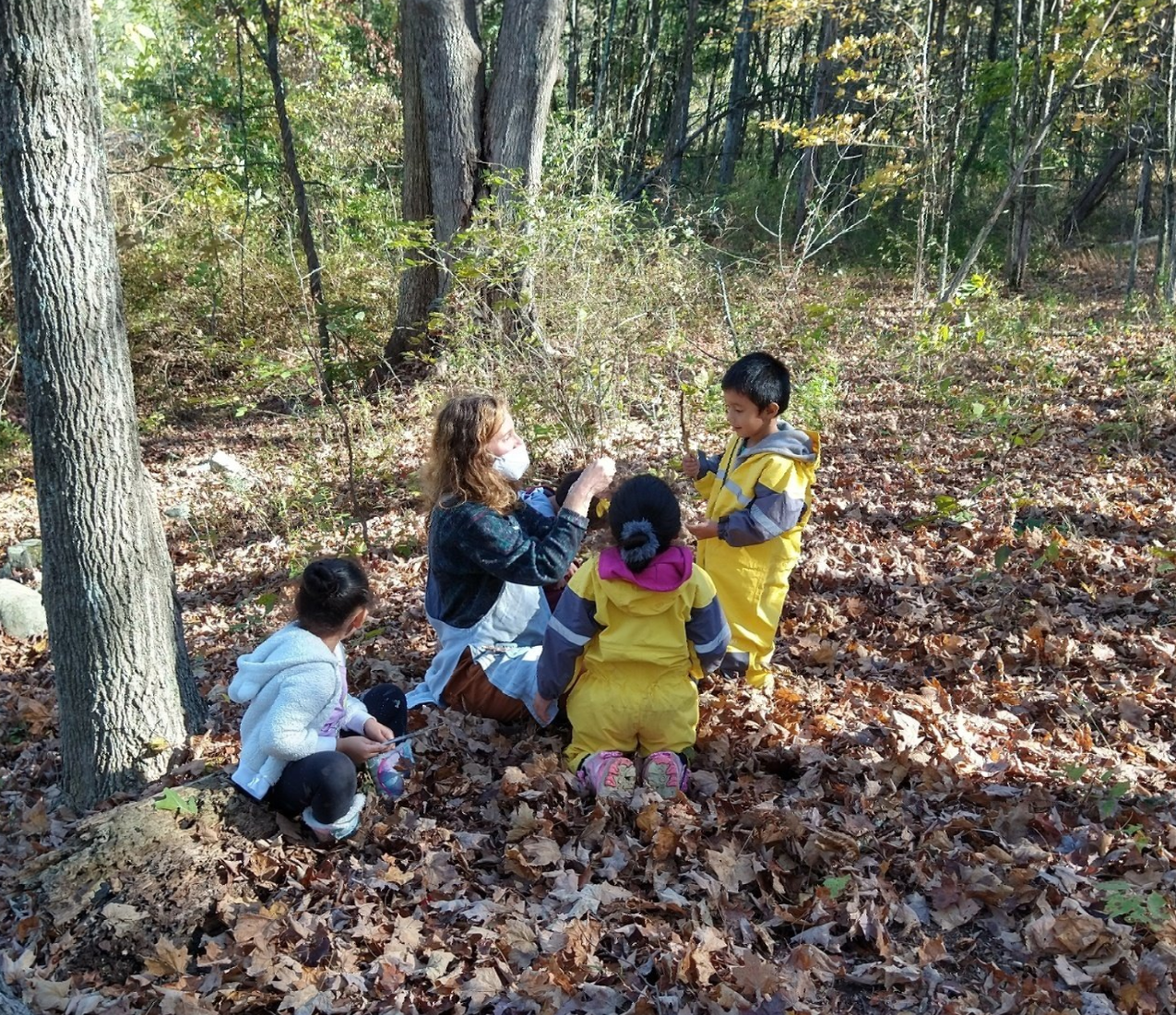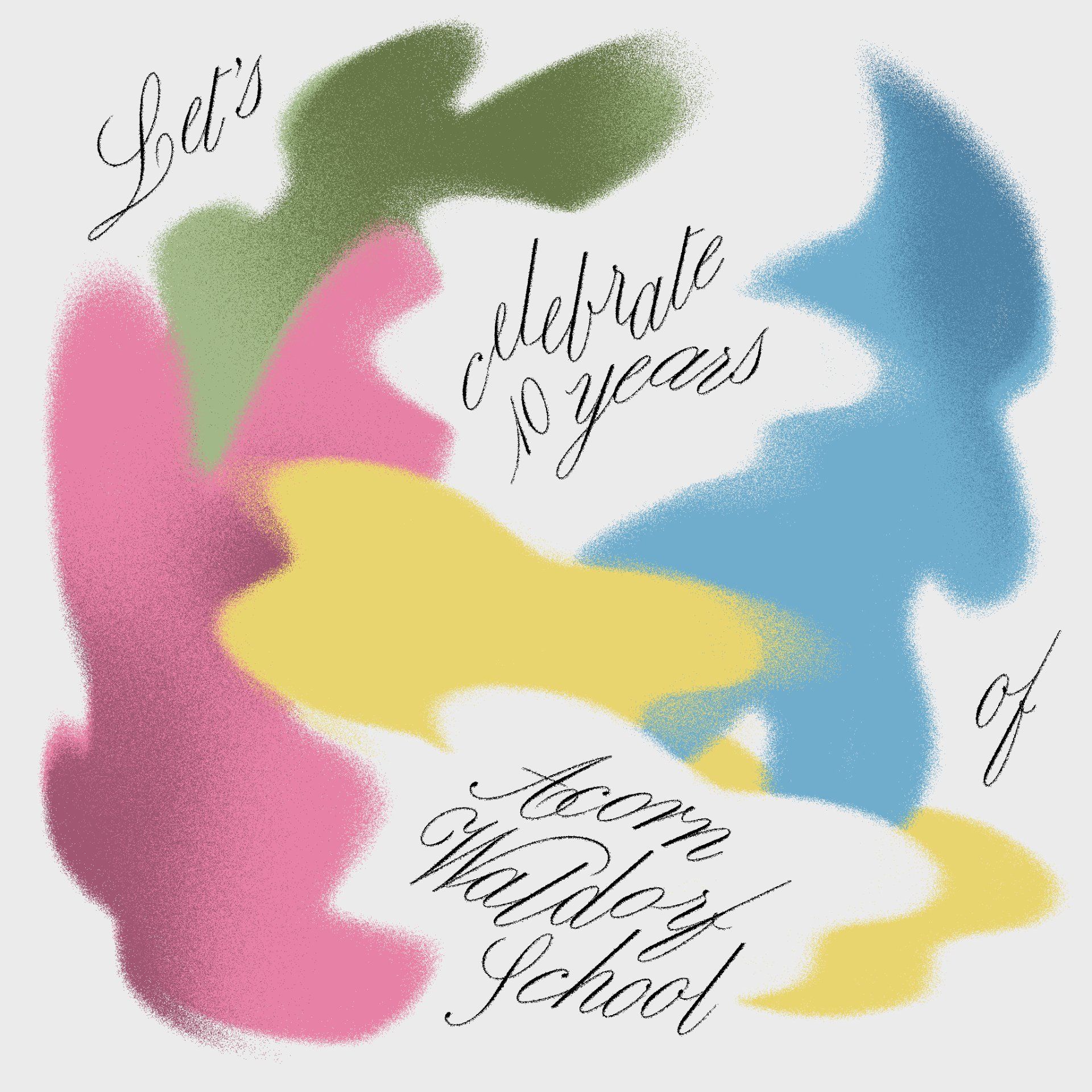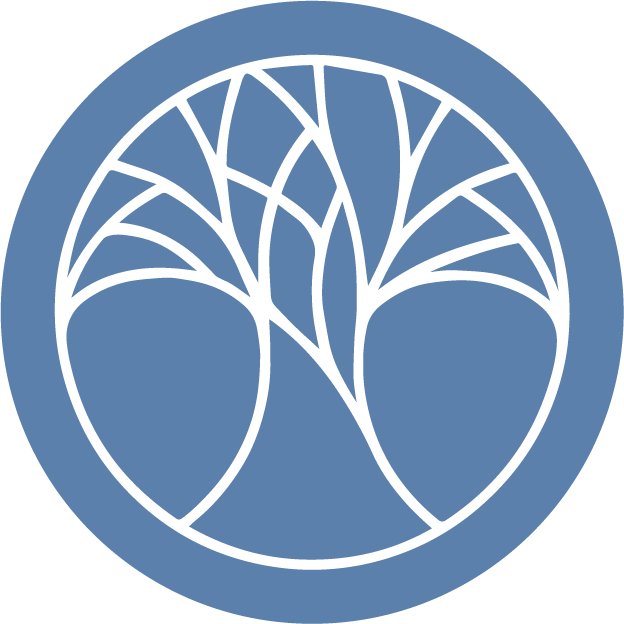"...we must give children the opportunity to interact with nature in a “wild” way."
“Bye kids, come back when you’re hungry,” our parents said as we walked out the door for our adventures. “Don’t fall off a cliff!” Ah, what unimaginable liberty."
https://nyti.ms/2umlMYd
New York Times - Opinion By Cressida Cowell, Feb. 7, 2020
- Ms. Cowell is the author and illustrator of the “How to Train Your Dragon” and “The Wizards of Once” series of children’s books.
I was 9 years old, hanging on as tightly as I could to my father’s legs as he dangled over the edge of a gigantic sea cliff on a tiny little island off the west coast of Scotland. He was trying to see whether the bird’s nest some 15 feet below was being inhabited by a white-tailed sea eagle or a buzzard.
The answer was important to my father. Sea eagles had only just been reintroduced into the Hebrides, and a nest would be a sign that they might be able to re-establish themselves in that part of the world. What was more important to me was that the gale whistling briskly off the Atlantic sea should not blow us off the cliff entirely: If I lost hold of my father’s legs, he would plunge to his death on the rocks below.
I remember wondering, as the cold rain lashed my face and the wind tore at my flapping anorak: “Why on earth is my father so unconcerned? What would make him trust his life to my puny little 9-year-old arms? How can I possibly be related to this wonderful but crazily fearless man?” When a sudden gust of wind made him sway a few moments later, my heart stopped. I could feel myself losing my grip on his legs.
The adventure on the cliff top was just one of many exciting but terrifying experiences in my gloriously wild childhood. There was the time my father accidentally tied the boat to a lobster pot instead of a buoy and we were blown out to sea. There was a trip out in a storm where the waves turned into great hills, and we had to bail out the water coming over the side of the boat. When I was a child, these experiences had been scary. But when I look back as an adult, I realize how much I owe to the freedom to explore nature that my parents allowed and encouraged.
It troubles me that children of today do not have that same freedom. What might that mean for their future creativity and their relationship to the natural world? As we face the threat of the climate crisis and the slow destruction of habitats around the world, we must give children the opportunity to interact with nature in a “wild” way, so that they learn to preserve the natural world around us.
The sea-wilderness of the Scottish Hebrides, the woods of the English South Downs and the windswept marshlands of eastern England — these are ancient landscapes that have been inhabited by human beings and their stories for so long that you might not be terribly surprised to meet a Roman legionary striding across the hillside, or to see a Viking ship nosing its way down the coastline.
I spent a great deal of time as a child on a tiny, uninhabited island off the west coast of Scotland. The island had no roads or electricity — just a storm-blown, windy wilderness of sea birds and heather. My family and I would be dropped off like castaways on the island by a local boatman for the summer holidays and picked up again weeks later. While we were staying on the island, we had no way of contacting the outside world.
Because there wasn’t any electricity, the house was lit by candlelight. Without a telephone or a television, I spent a lot of time drawing and writing stories. In the evenings, my father told me and my siblings tales of the Vikings who invaded the island 1,200 years before, of the quarrelsome ancient British tribes who fought one another and of dragons who were supposed to live in the caves in the cliffs of the island. That was when I first started writing stories about dragons and Vikings, way back when I was 9 years old, by candlelight on that little island. These were the stories that later turned into “How to Train Your Dragon.”
My siblings and I — growing up in the 1970s — had a freedom children today do not. “Bye kids, come back when you’re hungry,” our parents said as we walked out the door for our adventures. “Don’t fall off a cliff!” Ah, what unimaginable liberty.
On other holidays, roaming unaccompanied on my bicycle near my grandmother’s house in the English countryside, I used to play on the top of an Iron Age hill fort called the “Trundle.” The view was extraordinary — I could see for miles and miles — and I had a strong feeling of what J.R.R. Tolkien called “the heart-racking sense of the vanished past.” It made me wonder: Who were the people who lived here, long ago? What were their lost histories?
From the hill fort, I had a good view of Levin Down, an extraordinarily eerie, wondrous place that we called the “Fairy Hill.” It stood out from the quiet country fields around it in an ominous and striking fashion, like the back of a whale surfacing in the ocean. The trees had blown there by chance, rather than being planted by human hands, and some were yew trees: I was warned not to touch them. There were places I could not go and “Beware” signs (which I always found exciting) because the area had been used as a training ground during World War II. To a sensitive child like myself, it was easy to believe that this hill was enchanted. It was intriguing, eerie, exciting and beautiful all at the same time.
The hill was covered with strange grassy mounds about the size of molehills. The adults had no idea what they were — which was very exciting to me, realizing that there were things in the world that not even the adults understood. So I filled in the blanks for myself and decided they must be burial mounds for fairies. This was the magical landscape that inspired my book “The Wizards of Once.”
For the wildwood in that book, I took particular inspiration from the ancient wood of Kingley Vale in Sussex. Its trees have gnarled, expressive faces, and roots that embed into the earth with an almost visceral power. The more you learn about trees, the more magical you realize they are. Did you know, for example, that trees can communicate with each other through their roots, even when they are many miles apart?
Trees grow throughout children’s books. From “Peter Pan” to “A Monster Calls,” “The Lord of the Rings” to “Harry Potter,” trees are refuges, prisons and symbols of nature’s potency. They can be a friendly home, like the Hundred Acre Wood in “Winnie-the-Pooh,” or give a sense of menace, like the snowy forest in “The Lion, the Witch and the Wardrobe.” They can also be symbolic, like the cement-filled dying tree in “To Kill a Mockingbird.” The writers I loved when I was a child were similarly inspired by magical landscapes and nature: Ursula K. Le Guin, J.R.R. Tolkien, L. Frank Baum, Diana Wynne Jones, Lloyd Alexander, Robert Louis Stevenson, T.H. White — and so many others.
Today, children have much less unsupervised access to the countryside. I worry that they may never know the magic of the wilderness, the power of trees and the thrilling excitement of exploring nature without an adult hovering behind them. And so I write books for children who will never know what the freedom of my childhood was like.
My father never found out whether the nest in the cliff belonged to a white-tailed sea eagle or a buzzard. The gust of wind that scared me brought him to his senses, and he scrambled back up the side of the cliff before I could lose my grip. We staggered back through the gale to the little stone house on the island where, in the candlelight, we dried out in front of the fire.

We are excited to share a new documentary about the work the Neighboring Tree Project did with a neighboring Head Start and the creation of an outdoor forest program for the children in their care. 🌿 Over the past months, Elia Gilbert , one of Acorn's kindergarten teachers, has been working with the Agri-Business Child Development Center team of educators to produce a 30 minute video which documents their collaborative process in creating an outdoor forest program for the children in their care. We hope this will inspire future Neighboring Tree Project collaborations, as well as other Waldorf educators to reach out to their neighbors in similar ways. We are now looking for more "branches" to our NT P work, as well as more Waldorf teacher people-power to work on the ground with our neighbors. After seeing the video and getting a sense of our work, please get back to us with any inspirations or feedback. We'd like to hear from our community! We hope you enjoy this film!

Let's Celebrate Together! Acorn Waldorf School is celebrating its 10 Year Anniversary! We began this wondrous journey with 8 intrepid families who took a chance on a tiny new program and, with their support and the support of so many families in the decade since, have grown into a vibrant center for Waldorf Early Childhood Education in the Hudson Valley. I can’t think of a better way to mark this auspicious moment in our school’s biography than making a meaningful contribution to the Sunbridge Institute Diversity Fund . During the entire month of June, for each donation to the Sunbridge Institute Diversity Fund, Acorn will give another $25. In the line where it asks, " My connection to Sunbridge is? " Please write " AWS 10 Year Anniversary ". Our hope is to inspire at least 50 individual donations but we will happily go above and beyond! If you or your family has benefitted from, enjoyed or simply appreciate what’s happening at Acorn, please consider joining me in support of this all important endeavor. This wonderful fund supports BIPOC individuals in the Sunbridge Institute Waldorf teacher education programs, creating a more diverse pool of Waldorf teacher education graduates who will be fully prepared to take on educational and leadership roles in Waldorf classrooms and schools. We are grateful and awed by Acorn’s continually star-strewn journey. May the next ten years continue to be blessed. Together we can make a difference! 🧡

The Neighboring Tree Project (NTP) is an AWS initiative that aims to create community partnerships with our "neighboring trees," i.e. local early childhood educators, schools and centers who are doing the important work of caring for children from underserved, migrant farming or inner-city backgrounds. In building these relationships, we are working collaboratively to bolster the programming offered, taking individual needs and current staff into consideration. The goal is to empower our neighbors with tools and pedagogical enrichment. We also hope to learn: we want to get to know our neighbors, the children and families in our region, and learn from whatever is brought to the group together. The forest offers nutrients to all its trees, and one tree shares with another for mutual health of the whole. Read on to learn about our first two endeavors, Agri-Business Child Development in New Paltz, NY and Meagher Pre-K in Kingston, NY.



